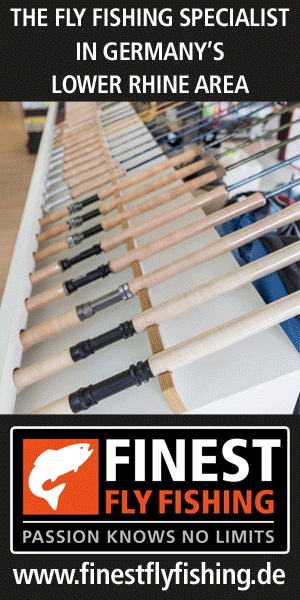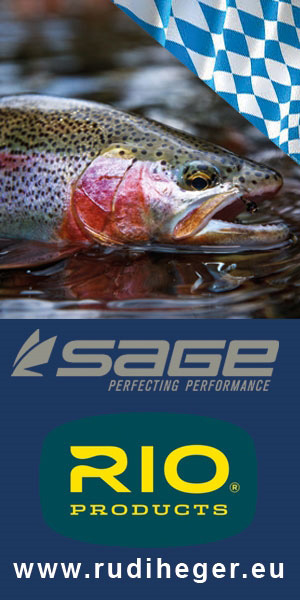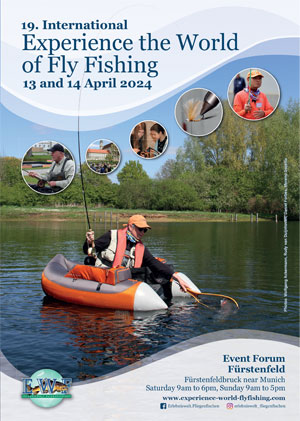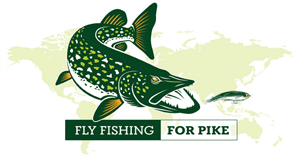Wires made of nickel-titanium alloys (NiTi) are enjoying increasing popularity in the predator fishing scene – mainly because of their unique property of springing back to their original state even after severe bending.
However, there are also disadvantages – namely when „connecting“ these nickel-titanium wires to swivels, snaps, hooks and others. Crimps are often used as aids for this purpose. But unfortunately these connections have strongly fluctuating breaking strains, also because of the sharp edges of the crimps.

If you crimp them too hard, there is a risk of stress concentration at either end of the crimp (NiTi wires are generally more susceptible to stress concentration than steel wires) and thus a reduction of the wire’s breaking strain. If the crimping is too weak, there is a risk of slippage, which also leads to a reduction in breaking strain. Sometimes „tying a knot“ is recommended. However, there too depending on the wire, only highly fluctuating knot strengths are achieved. In addition, thicker monowires are stiff and tying knots becomes very difficult.
Stroft NiTi Monowire and Stroft NiTi Polywire solve these problems and are the first choice when it comes to the ultimate predator leader. The connections are quick and easy to make. No crimps, no pliers – a simple, very easy to tie clinch knot with four turns is the solution – and with Stroft NiTi (and its thinner wires) it can even achieve up to 100% of the linear breaking strain!
This was made possible by a very specific adjustments of the alloy composition to those properties that are desired for predator fishing leaders – namely: maximum abrasion resistance, superelasticity, optimum (simple) knotability, best possible line memory, maximum breaking strain/maximum knot strength, sufficient stretch (8%) and a non-reflective surface.

Stroft NiTi Monowire and Stroft NiTi Polywire optimally meet all these requirements. For example, a 0.20 Stroft NiTi Monowire has a breaking strain of 4.2 kg, which is also almost achieved in the clinch knot.
Note: Monowire is generally stiffer than Polywire, which consists of several individual wires. Therefore, if you want to use the clinch knot, you should choose Polywire when choosing to go higher in diameter then approx. 0.30 mm, because Monowire becomes quite stiff above that strength. On the other hand, even with a 0.60 polywire the clinch knot can still be tied well! However, if 0.40 Monowire is to be used, crimps are advisable. And in order to prevent or at least reduce the stress effect mentioned above, it makes sense to „defuse“ the crimp’s relatively sharp inner edge (e.g. with a 90° reamer) beforehand. Than a shrink tube should be pulled over the connection. (This also always applies, of course, if you prefer to use crimps instead of clinch knots for other diameters.)
Website: www.aspo-gmbh.de.






